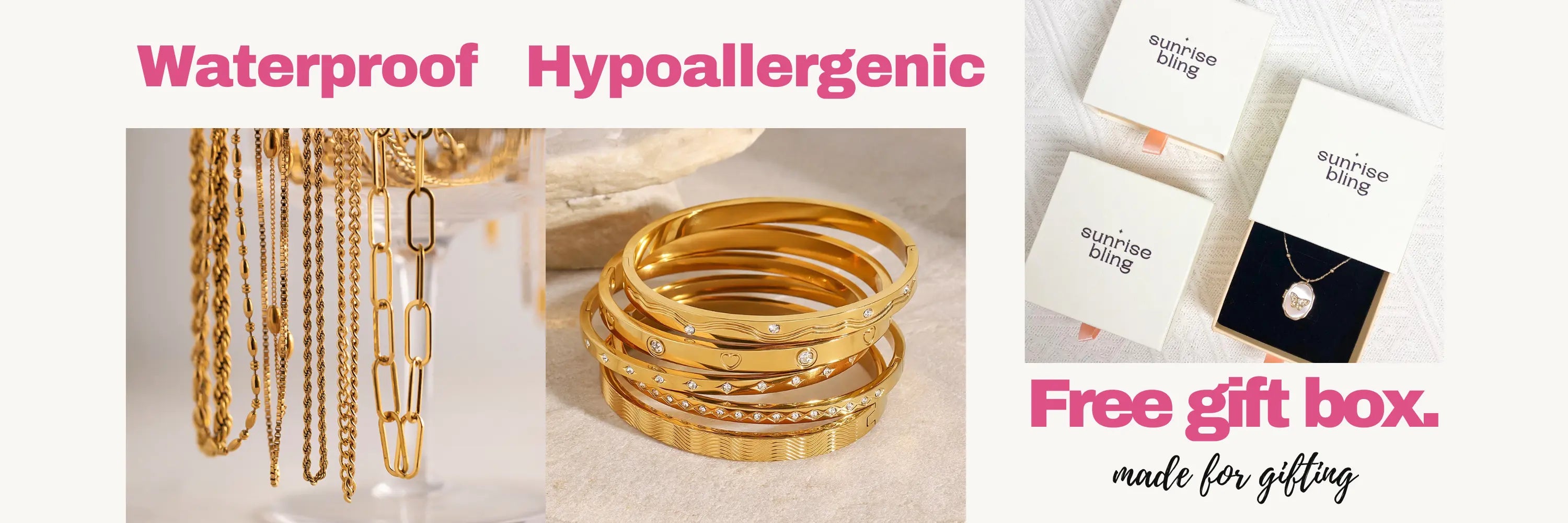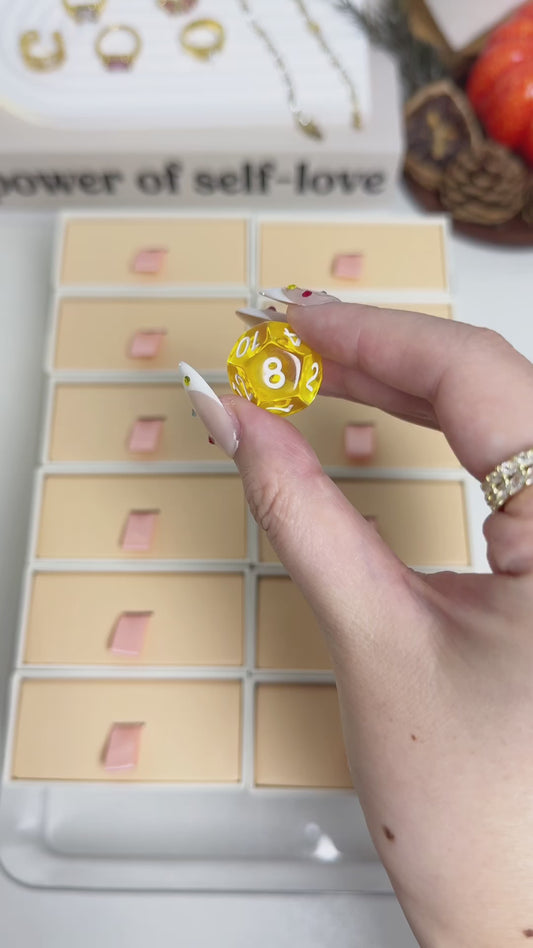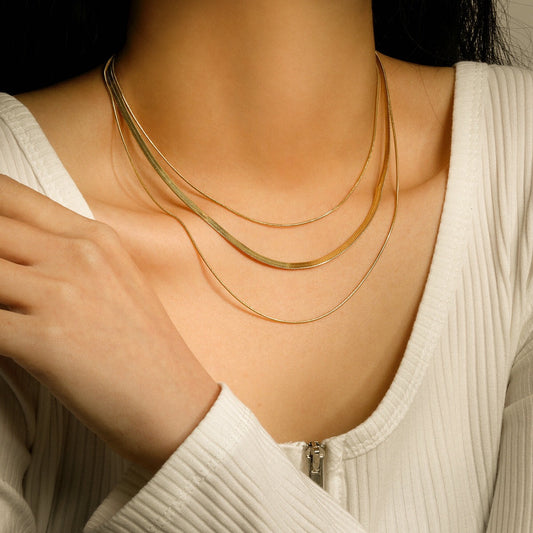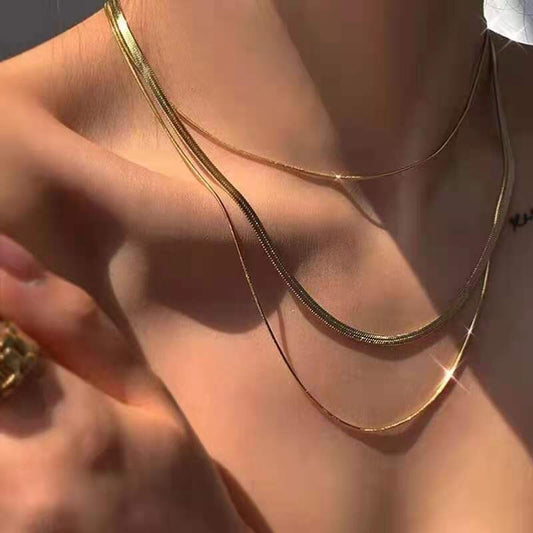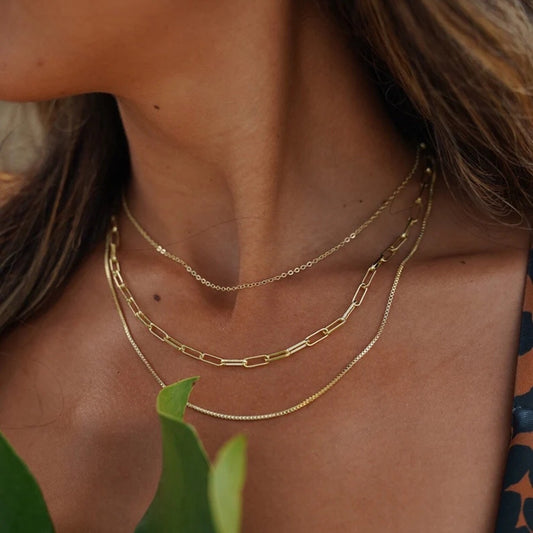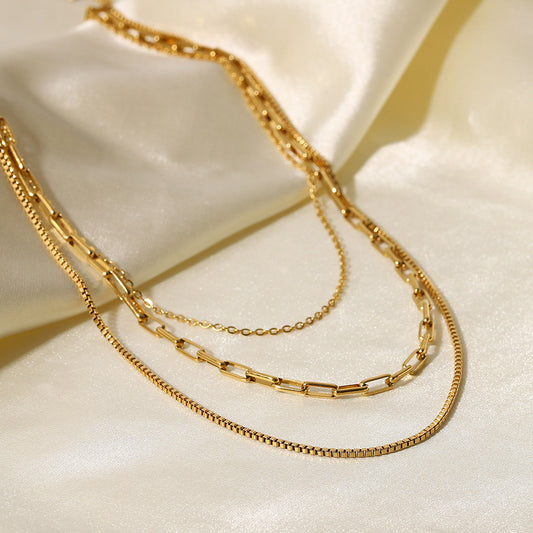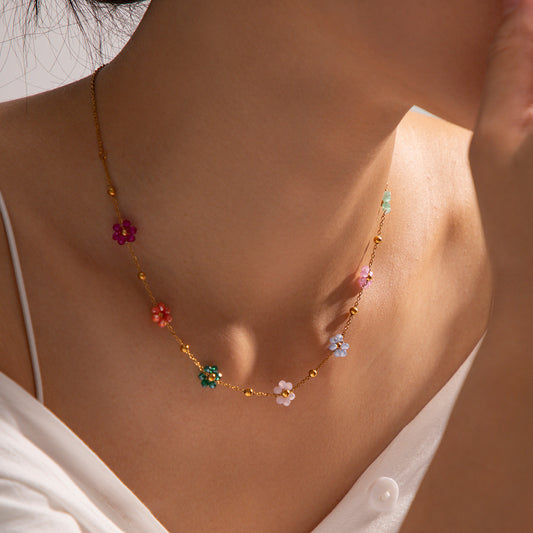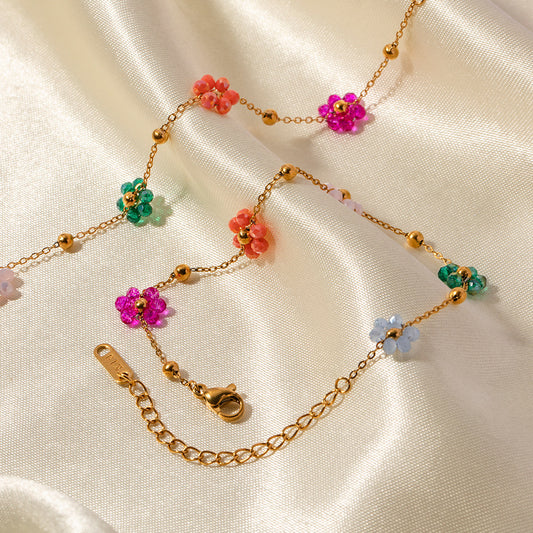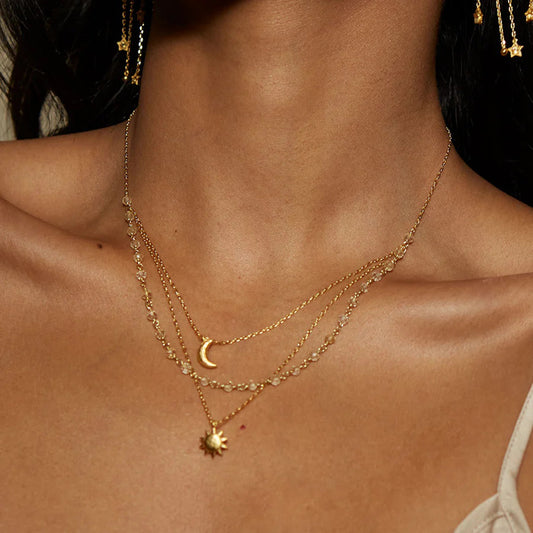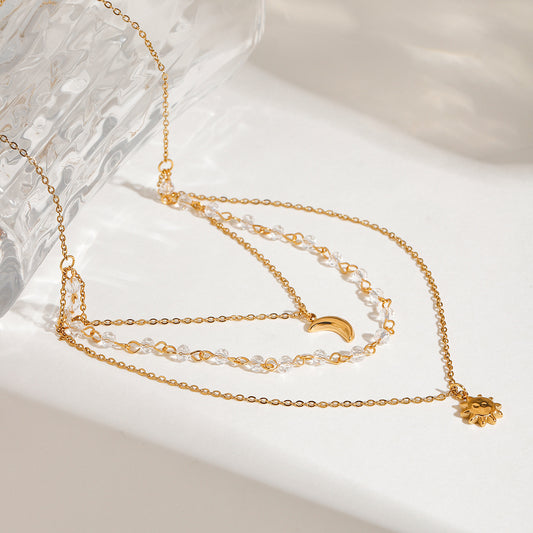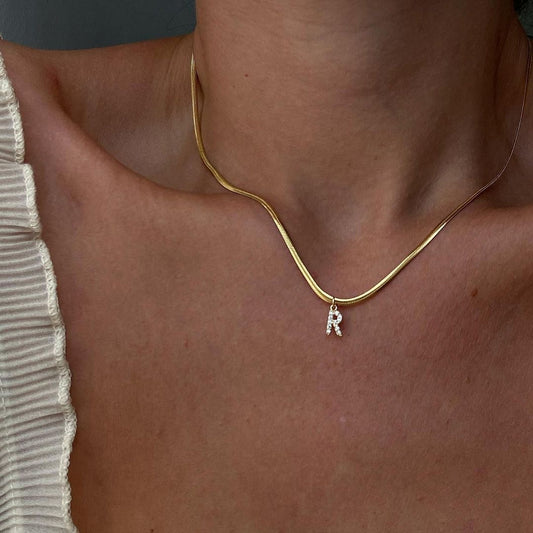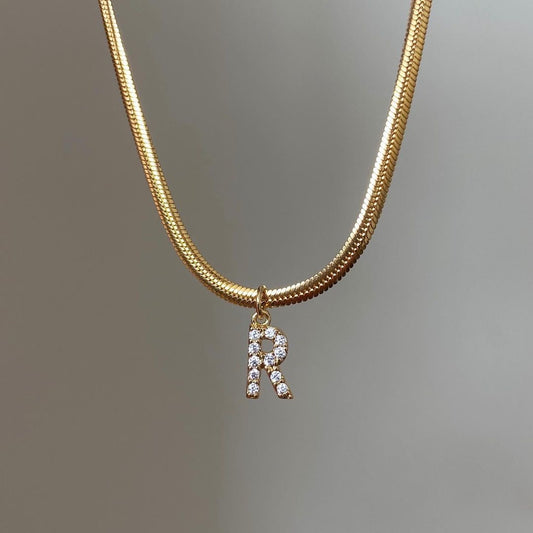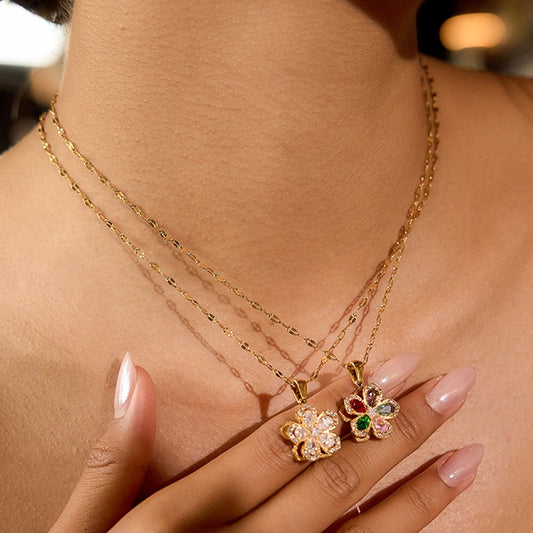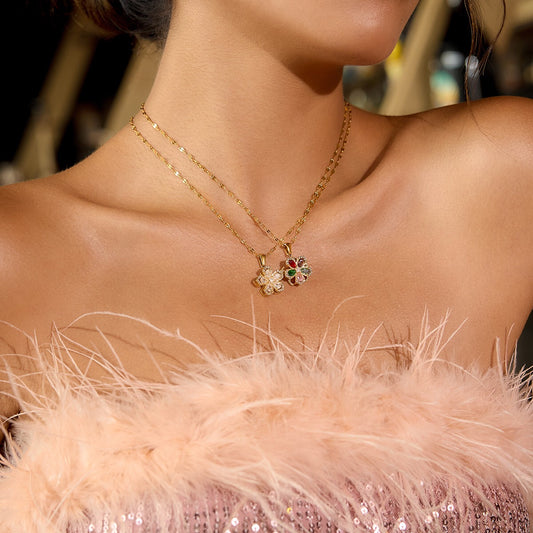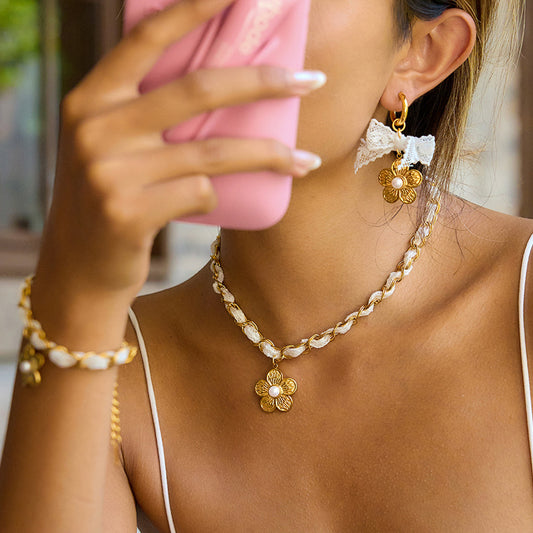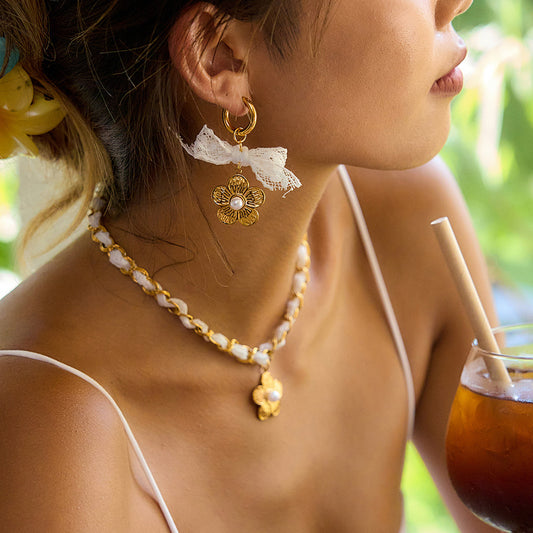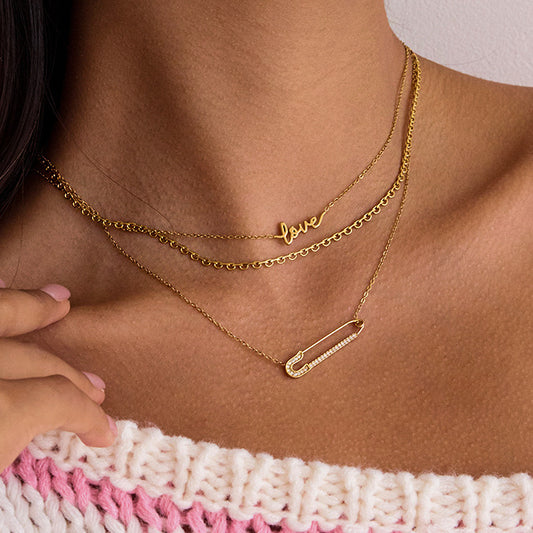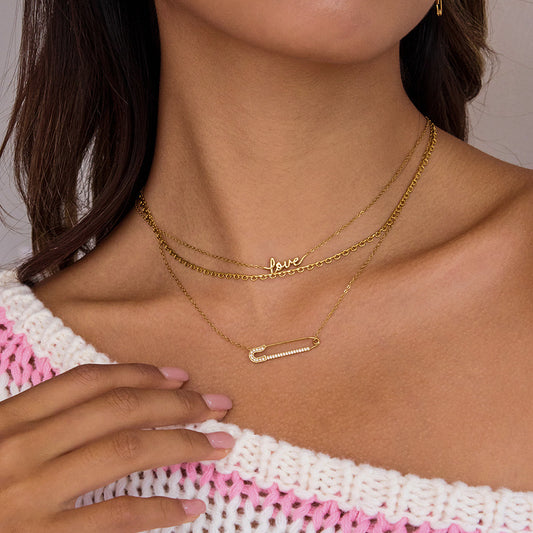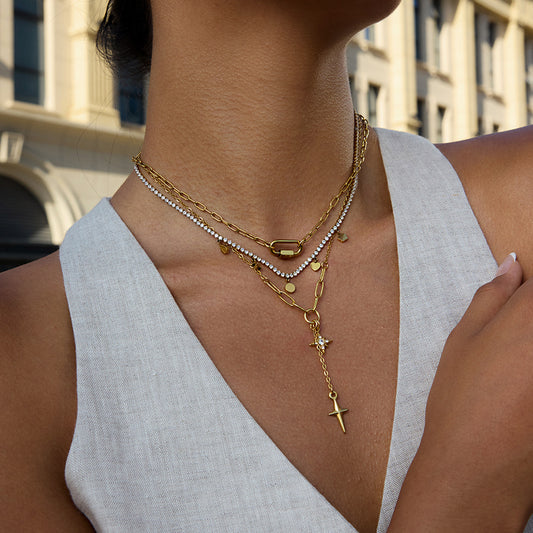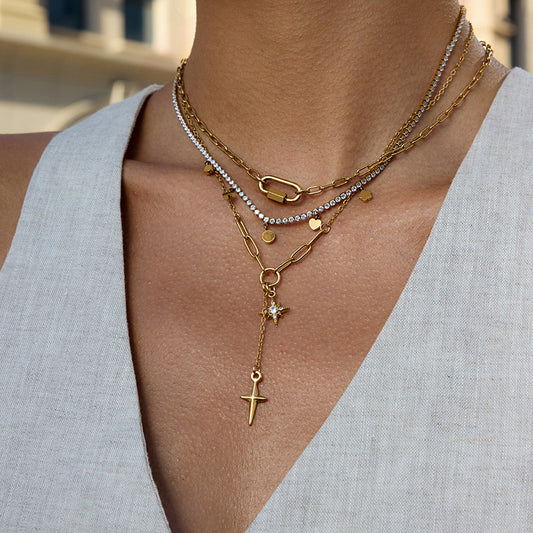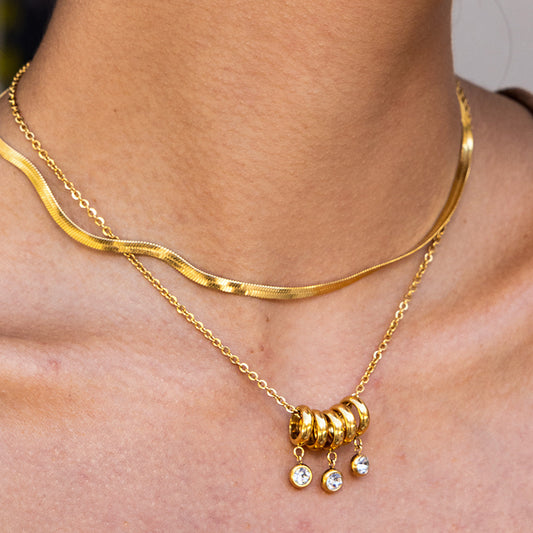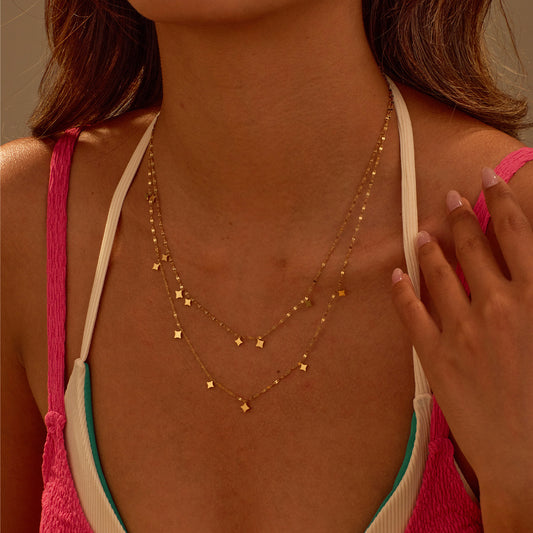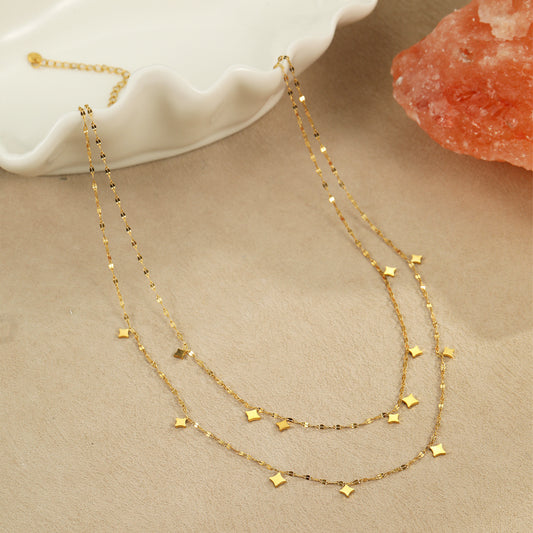Sapphire Jewelry—with its rich, vivid blue hues and enduring elegance—has been a symbol of luxury and meaning for centuries, and its popularity shows no signs of slowing. Sapphire Jewelry Market size is estimated to be USD 10.5 Billion in 2024 and is expected to reach USD 15.2 Billion by 2033 at a CAGR of 4.9%. Unlike fleeting colored gemstone trends, sapphires’ deep blue tones complement every skin tone and outfit, while their durability (second only to diamonds) makes them ideal for everyday wear. Whether you’re gifting a sapphire necklace to your girlfriend or adding a sapphire ring to your own collection, this jewelry isn’t just a accessory—it’s a statement of timeless style and sentiment. This guide covers everything you need to know about sapphire jewelry, from its origins to how to style, care for, and buy it.
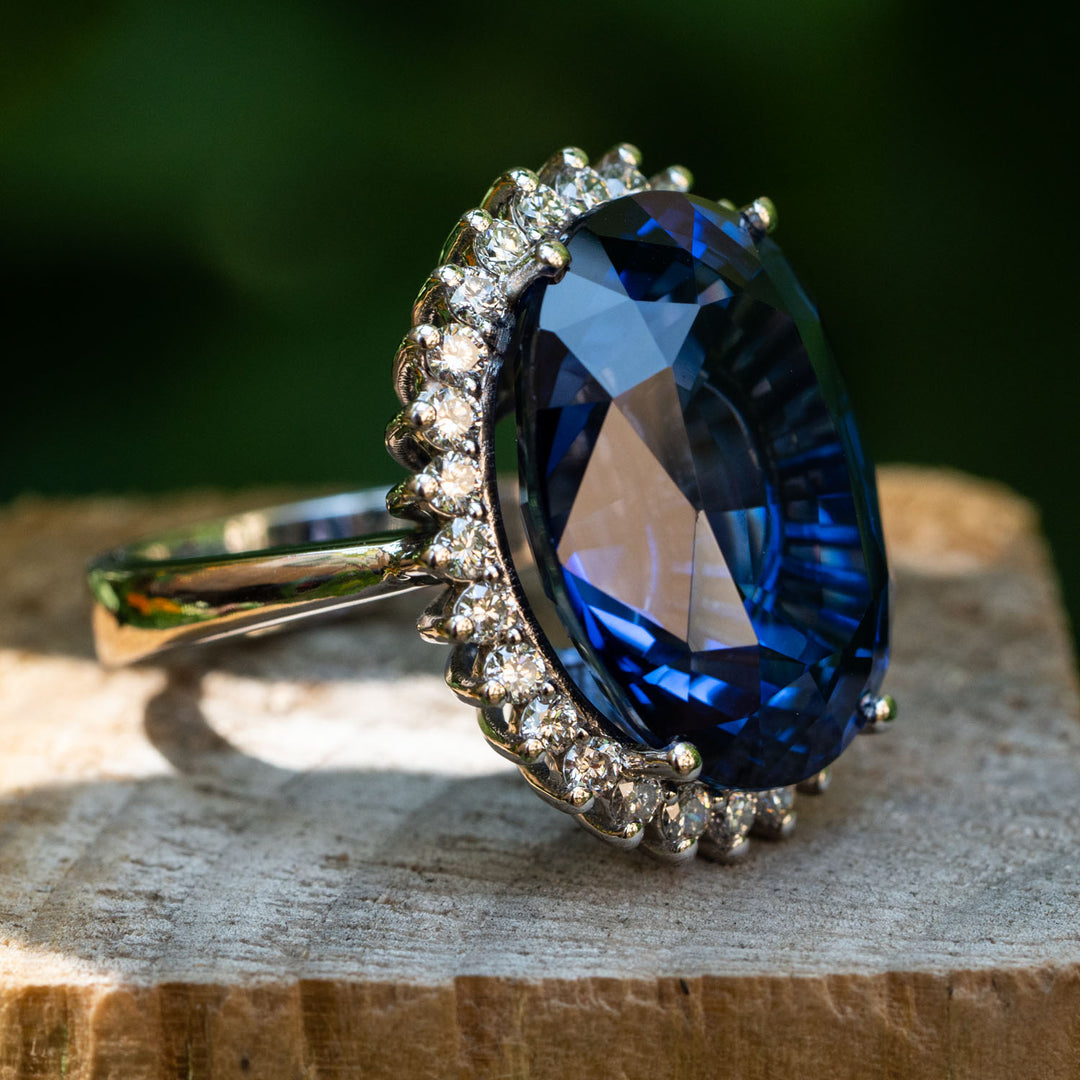
What Is Sapphire Jewelry?
Sapphire jewelry refers to any jewelry piece featuring sapphires—naturally occurring gemstones from the corundum mineral family—as the central or accent stone. While sapphires are most famously associated with their bold blue color, they actually come in a range of hues (called “fancy sapphires”)—including pink, yellow, green, and even colorless—though blue sapphires remain the most iconic and in-demand.
Sapphire jewelry is defined by two key elements: the sapphire’s quality (determined by the 4Cs: Color, Clarity, Cut, Carat Weight) and the jewelry setting (which holds the sapphire and defines the piece’s style). These pieces range from minimalist sapphire studs to elaborate sapphire and diamond cocktail rings, crafted in metals like gold, white gold, platinum, or silver to enhance the gemstone’s natural beauty.
Key Characteristics of Sapphire Jewelry
-
Sapphire Quality (The 4Cs for Sapphires):
-
Color: The most important factor for blue sapphires—high-quality stones have a rich, vivid blue (not too light or grayish) with even color distribution. The most valuable blue sapphires are labeled “royal blue” (deep, saturated blue) or “cornflower blue” (bright, vibrant blue). For fancy sapphires, intense, uniform color (e.g., hot pink for pink sapphires) is prized.
-
Clarity: Sapphires often have natural inclusions (tiny flaws inside the stone), but high-quality stones have inclusions that are invisible to the naked eye. Most sapphire jewelry uses stones with “eye-clean” clarity (no visible flaws) for a polished look.
-
Cut: Sapphires are cut to maximize their color and brilliance. Common cuts include oval, cushion, round, and princess—oval and cushion cuts are especially popular for blue sapphires, as they enhance their deep hue.
-
Carat Weight: Sapphires are measured in carats (1 carat = 0.2 grams). Larger sapphires (1 carat+) are rarer and more valuable, but smaller sapphires (0.25–0.50 carats) are perfect for everyday pieces like studs or delicate necklaces.
-
Metal Settings: The metal used to set sapphires impacts the jewelry’s style and durability:
-
Yellow Gold: Enhances blue sapphires’ warmth—creates a classic, timeless look (think Princess Diana’s iconic sapphire engagement ring, set in yellow gold).
-
White Gold/Platinum: Makes blue sapphires appear brighter and more vivid—ideal for modern, sleek designs like sapphire drop earrings or solitaire rings.
-
Rose Gold: Softens blue sapphires’ intensity—adds a romantic, trendy touch, perfect for delicate pieces like sapphire pendant necklaces.
-
Sterling Silver: A budget-friendly option—works well for smaller sapphires or costume sapphire jewelry, though it’s less durable than gold or platinum.
-
Jewelry Types: Sapphire jewelry comes in nearly every style, but the most common include:
-
Rings: Solitaire sapphire rings, sapphire and diamond bands, or cocktail rings with large sapphires.
-
Earrings: Sapphire studs, hoops with sapphire accents, or drop earrings with sapphire and diamond combinations.
-
Necklaces: Sapphire pendants (single stone or clusters), sapphire tennis necklaces, or delicate chains with small sapphire charms.
-
Bracelets: Sapphire tennis bracelets, link bracelets with sapphire accents, or bangles with embedded sapphires.

How Sapphire Jewelry Differs from Other Colored Gemstone Jewelry
-
Durability: Sapphires score 9 on the Mohs scale (second only to diamonds), making them far more durable than other colored gemstones like emeralds (7.5–8) or rubies (9, but more prone to inclusions). This means sapphire jewelry can be worn daily without scratching or damage.
-
Color Longevity: Sapphires’ color is stable—unlike some gemstones (e.g., amethysts, which fade in sunlight), sapphires won’t lose their hue over time.
-
Symbolism: Sapphires are associated with loyalty, wisdom, and protection—adding emotional weight to the jewelry, unlike more decorative gemstones (e.g., topaz or citrine).
Why Is Sapphire Jewelry So Popular?
Sapphire jewelry has endured as a favorite for centuries—from ancient royal crowns to modern everyday pieces—because it offers a unique blend of beauty, durability, and meaning. Its popularity spans ages and styles, and it’s rooted in several key factors:
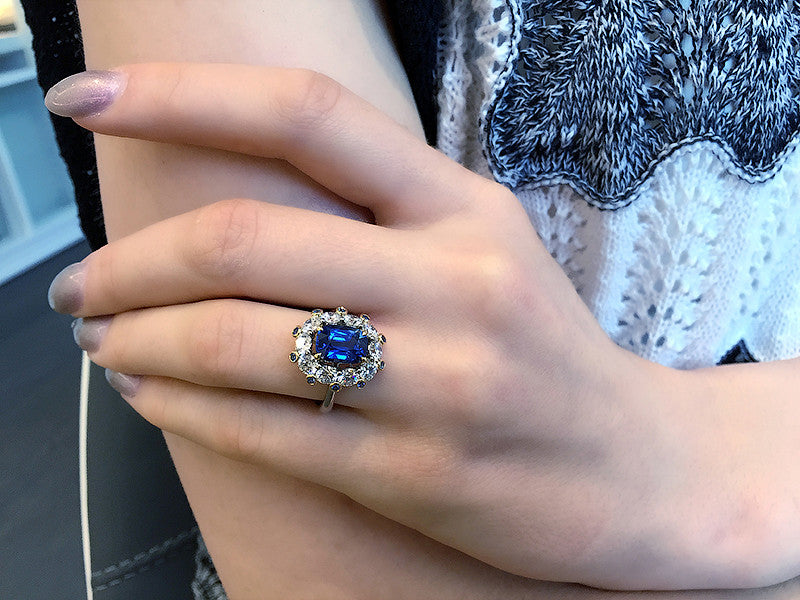
Timeless Bold Blue Hue
Sapphires’ iconic blue color is universally flattering and versatile. Unlike trendy colored gemstones (e.g., millennial pink topaz or mint green tourmaline), blue never goes out of style—it complements every skin tone (fair, medium, deep) and pairs with every color palette (neutrals, brights, pastels). A blue sapphire necklace can elevate a white t-shirt just as easily as it can a black gown, making it a staple for any wardrobe.
Durability for Everyday Wear
Unlike delicate gemstones that require careful handling (e.g., pearls or opals), sapphires are tough enough for daily use. Their 9/10 Mohs hardness means they resist scratches, chips, and wear—perfect for busy lifestyles. Whether you’re wearing a sapphire ring while cooking or sapphire studs during a workout, they’ll stay looking beautiful for years.
Rich Symbolism & Sentiment
Sapphires have been associated with meaningful values across cultures:
-
Loyalty & Love: In Western traditions, sapphires symbolize faithfulness—making sapphire jewelry a popular choice for engagement rings, anniversaries, or gifts for partners.
-
Wisdom & Protection: Ancient Greeks and Romans believed sapphires protected the wearer from harm and brought wisdom, while medieval clergy wore sapphires to symbolize purity of spirit.
-
Royalty & Prestige: For centuries, sapphires have been worn by royalty (e.g., Queen Elizabeth II, Princess Diana) as a symbol of status and power—this legacy adds a touch of luxury to modern sapphire jewelry.
Versatility Across Occasions
Sapphire jewelry transitions seamlessly from casual to formal:
-
Everyday Casual: Small sapphire studs or a delicate sapphire pendant pair with jeans, sweaters, or activewear—adding a subtle pop of color without feeling dressy.
-
Work/Professional: A sapphire and diamond band or medium sapphire hoops complement blazers, button-downs, and tailored trousers—polished enough for meetings but not distracting.
-
Formal Events: A large sapphire cocktail ring or sapphire drop earrings elevate gowns, tuxedos, or cocktail dresses—perfect for weddings, galas, or red-carpet moments.
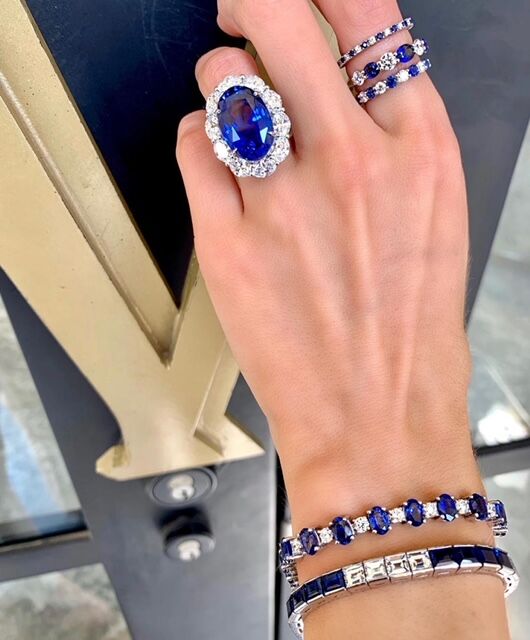
Investment Value
High-quality sapphire jewelry holds its value over time—especially natural blue sapphires from reputable sources (e.g., Kashmir, Sri Lanka). Unlike costume jewelry, fine sapphire pieces (set in gold or platinum) can be resold or passed down as heirlooms, making them a smart investment in both style and sentiment.
Popular Styles of Sapphire Jewelry
Sapphire jewelry comes in a wide range of designs, from minimalist to bold, ensuring there’s a style for every taste. Below are the most in-demand options:
Blue Sapphire Solitaire Ring (Classic & Romantic)
The ultimate timeless style—perfect for engagement rings or everyday wear:
-
Design: A single blue sapphire (usually oval or cushion-cut) set in a simple metal band (yellow gold, white gold, or platinum) with 4–6 prongs to hold the stone.
-
Best For: Engagement rings, anniversaries, or anyone who loves classic, understated luxury.
-
Popular Specifications: 0.50–2.00 carat sapphire (royal or cornflower blue), eye-clean clarity, set in 14k or 18k gold.
-
Why It’s Popular: Its simplicity lets the sapphire’s color shine, and it pairs with every outfit—from casual to formal. It’s also deeply symbolic (loyalty, love), making it a meaningful gift.
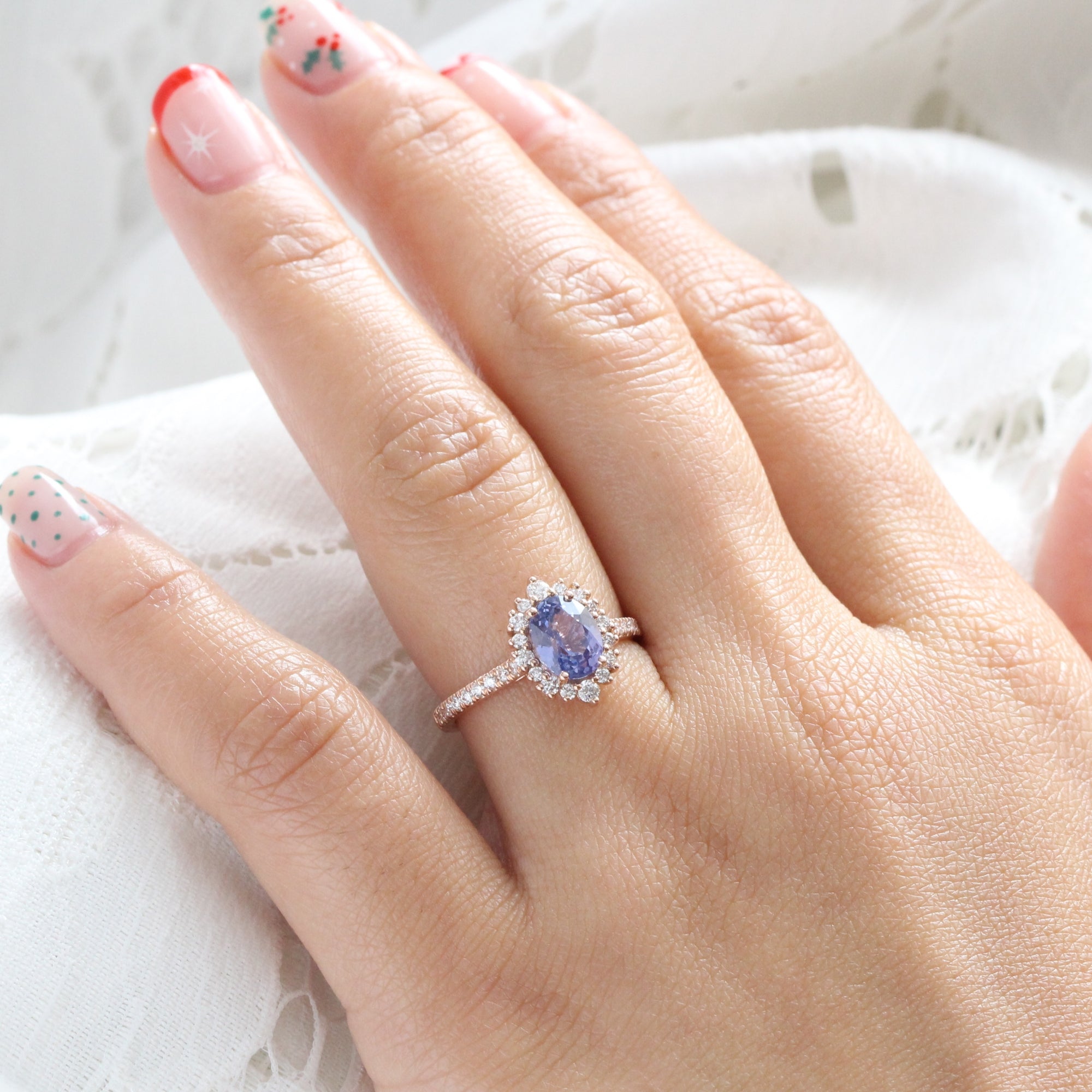
Sapphire & Diamond Stud Earrings (Everyday Essential)
A versatile style that adds subtle sparkle and color:
-
Design: Small blue sapphires (0.25–0.50 carats each) paired with tiny diamonds (0.01–0.05 carats each) in a stud setting. The diamonds frame the sapphires, enhancing their brilliance.
-
Best For: Everyday wear, work, or casual outings. Popular with women of all ages.
-
Popular Specifications: Sapphires in round or princess cuts, set in 14k white gold or sterling silver. Push-back or screw-back closures for security.
-
Why It’s Popular: The combination of blue sapphires and diamonds is timeless—subtle enough for daily use but sparkly enough to feel special. They’re also easy to care for and durable.
Sapphire Drop Earrings (Formal & Glamorous)
An elegant style that adds drama to formal looks:
-
Design: A larger blue sapphire (0.75–1.50 carats) suspended from a metal hook or chain, often paired with diamond accents. The drop length ranges from 1–3 inches, creating movement and glamour.
-
Best For: Weddings, galas, or anniversary dinners. Popular with bridesmaids or anyone wanting a red-carpet-worthy look.
-
Popular Specifications: Sapphires in pear or marquise cuts (which elongate the face), set in 18k white gold or platinum. Latch-back closures for security.
-
Why It’s Popular: The drop design draws attention to the neck and collarbone, while the sapphire’s blue hue adds a pop of color to formal outfits. They’re showstopping but not over-the-top.
Fancy Sapphire Pendant Necklace (Trendy & Personal)
A colorful twist on classic sapphire jewelry—perfect for personal style:
-
Design: A single fancy sapphire (pink, yellow, or green) set in a delicate metal pendant, attached to a thin chain. The pendant can be simple (a solitaire stone) or decorative (with small diamond accents).
-
Best For: Everyday wear or semi-formal events. Popular with those who want to stand out from traditional blue sapphire styles.
-
Popular Specifications: 0.50–1.00 carat fancy sapphire (hot pink or lemon yellow are trending), set in 14k rose gold or yellow gold. Chain lengths: 16”–18” (collarbone length).
-
Why It’s Popular: Fancy sapphires add a playful, trendy touch to jewelry collections—they’re unique but still retain sapphires’ durability and meaning. They also make great personalized gifts (e.g., a pink sapphire for someone who loves pink).
Sapphire Tennis Bracelet (Luxury & Versatile)
A sleek style that works for both casual and formal wear:
-
Design: A line of small blue sapphires (0.25–0.50 carats each) set in a metal band, with diamonds occasionally alternating between sapphires for extra sparkle. The bracelet is flexible and closes with a secure clasp.
-
Best For: Work, brunch, or formal events. Popular with women who love luxury accessories.
-
Popular Specifications: Sapphires in round or baguette cuts, set in 14k white gold or platinum. Total carat weight: 2.00–5.00 TCW.
-
Why It’s Popular: It’s a classic “investment piece”—durable enough for daily wear, but luxurious enough to feel special. It also pairs well with other jewelry (e.g., sapphire studs or a diamond necklace).
How to Wear Sapphire Jewelry
Wearing sapphire jewelry is easy—its versatility lets you style it for any look, from minimalist to bold. Below are tips for different occasions, outfit styles, and jewelry types:
Styling for Different Occasions
-
Everyday Casual:
-
Sapphire Stud Earrings + Delicate Necklace: Pair small blue sapphire studs (0.25 carats) with a thin gold necklace (16”) and a white t-shirt, jeans, and sneakers. Add a leather jacket for edge.
-
Sapphire Ring + Stacked Bands: Wear a simple sapphire solitaire ring (0.50 carat) with 1–2 thin gold bands on the same finger. Pair with a sweater, leggings, and ankle boots for a cozy, chic look.
-
Work/Professional:
-
Sapphire & Diamond Hoops + Blazer: Medium sapphire hoops (1 inch) with tiny diamond accents pair with a tailored blazer, button-down shirt, and trousers. Keep other jewelry minimal (a thin watch) to avoid distraction.
-
Sapphire Tennis Bracelet + Sheath Dress: A sleek sapphire tennis bracelet adds subtle color to a neutral sheath dress—perfect for client meetings or presentations.
-
Formal Events:
-
Sapphire Drop Earrings + Gown: Pear-cut sapphire drop earrings (1.00 carat each) with diamond accents pair with a strapless or V-neck gown (black, white, or navy). Skip a necklace to let the earrings shine.
-
Sapphire Cocktail Ring + Evening Dress: A large cushion-cut sapphire cocktail ring (2.00 carats) with a diamond halo adds glamour to a sequined or silk evening dress. Pair with a small clutch and heels.
Styling with Different Outfit Colors
Sapphires’ blue hue pairs beautifully with a range of colors—here’s how to match them:
-
Neutrals (Black, White, Gray, Beige): Blue sapphires pop against neutrals—they add a pop of color without clashing. Try a sapphire pendant with a white blouse or a sapphire ring with a black dress.
-
Warm Tones (Red, Orange, Yellow): Blue and warm tones create a bold, complementary contrast. A sapphire necklace pairs beautifully with a red sweater, while sapphire earrings complement a yellow sundress.
-
Cool Tones (Blue, Green, Purple): Blue sapphires blend seamlessly with cool tones—they create a cohesive, calming look. Try a sapphire bracelet with a navy blazer or sapphire studs with a green top.
-
Prints (Floral, Striped, Polka-Dot): Stick to small sapphire pieces (studs, delicate necklaces) with busy prints—they add color without overwhelming the pattern. A pair of sapphire studs works well with a floral dress or striped shirt.
Styling Tips for Different Jewelry Types
-
Sapphire Rings:
-
Wear a solitaire sapphire ring alone for a minimalist look, or stack it with thin metal bands for extra texture.
-
For larger cocktail rings, wear them on the middle or index finger—they’re statement pieces that should stand out.
-
Sapphire Earrings:
-
Studs: Pair with any hairstyle (updo, down, braids)—they’re versatile and never clash.
-
Drop Earrings: Wear with an updo or sleek ponytail to show off the earrings’ movement—avoid long hair that covers them.
-
Sapphire Necklaces:
-
Collarbone-length necklaces (16”–18”) pair with V-neck or scoop-neck tops—they fill the neckline nicely.
-
Longer necklaces (20”+) work with high-neck tops or turtlenecks—they add length and interest.
Sapphire Jewelry: Perfect Gift for Your Girlfriend
Sapphire jewelry is one of the most thoughtful gifts you can give your girlfriend—it’s personal, durable, and meaningful, showing you’ve paid attention to her style and values. Unlike generic gifts (flowers, chocolates), a sapphire piece is a lasting reminder of your love, perfect for birthdays, anniversaries, or “just because” moments.
Why It Resonates as a Girlfriend Gift
-
Symbolism of Loyalty: Sapphires represent faithfulness and commitment—gifting them sends a message that you value your relationship and see a future together.
-
Versatility for Her Style: Whether she loves minimalist jewelry or bold statement pieces, there’s a sapphire style for her—from tiny studs to a fancy sapphire pendant.
-
Durability for Her Life: She’ll wear it daily (not just store it away)—sapphires’ toughness means it can keep up with her busy schedule, from work to weekends.
Top Sapphire Jewelry Gifts for Your Girlfriend
-
**14kRose Gold Pink Sapphire Pendant Necklace**: A 0.50-carat hot pink sapphire (her favorite color, if she loves pink) set in a delicate 14k rose gold pendant. The chain is 18” (collarbone length), perfect for everyday wear. Add a handwritten note linking the pink sapphire to her personality (e.g., “This pink sapphire is as bright and lovely as you are”).
-
14k White Gold Blue Sapphire & Diamond Stud Earrings (0.30 TCW): Small round blue sapphires paired with tiny diamonds, set in white gold. They’re subtle enough for work or casual outings but sparkly enough to feel special. Ideal if she prefers classic, understated jewelry.
-
14k Yellow Gold Sapphire Stacking Ring (0.25 Carat): A thin yellow gold band with a small oval blue sapphire. She can stack it with her existing rings or wear it alone. It’s a thoughtful “just because” gift that adds a pop of color to her daily look.
Tips for Choosing the Right Sapphire Jewelry for Your Girlfriend
-
Notice Her Favorite Colors: If she often wears pink or loves pastel tones, a pink sapphire piece will feel personal. If she sticks to neutrals (black, white, gray), a classic blue sapphire will complement her wardrobe.
-
Check Her Jewelry Box: See if she prefers studs over hoops, pendants over bracelets, or gold over silver. Match the style to what she already wears—this ensures she’ll love and use the gift.
-
Consider Her Lifestyle: If she’s active (yoga, hiking), choose durable pieces with secure settings (screw-back earrings, sturdy pendants). If she works in an office, more delicate styles (stacking rings, small studs) are a great fit.
How to Clean Sapphire Jewelry
Sapphires are durable, but regular cleaning is essential to keep their color bright and remove buildup (skin oils, lotion, makeup) that can dull their shine. The cleaning process is simple and uses gentle supplies to avoid damaging the gemstone or metal setting.
Daily Care to Prevent Buildup
-
Wipe After Wear: Use a soft, dry microfiber cloth to gently wipe the sapphire and setting every night. This removes surface dirt and oils before they harden.
-
Avoid Harsh Substances: Take off sapphire jewelry before applying perfume, hairspray, hand sanitizer, or cleaning products. Chemicals like alcohol or ammonia can coat the sapphire, making it look cloudy.
-
Store Safely: When not wearing the jewelry, place it in a soft jewelry pouch or a divided jewelry box. Avoid storing it with harder gemstones (like diamonds) that can scratch the metal setting, and keep it away from moisture (e.g., the bathroom) to prevent tarnish.
Step-by-Step Deep Cleaning Process
Deep clean sapphire jewelry every 2–3 weeks (or more often if worn daily):
-
Mix a Gentle Solution: In a small bowl, combine 1 cup warm (not hot) water with 1–2 drops of mild dish soap (like Dawn). Hot water can damage metal settings, so stick to warm.
-
Soak the Jewelry: Place the sapphire piece in the solution and let it soak for 15–20 minutes. This loosens dirt trapped in prongs, behind the sapphire, or in intricate settings (e.g., cocktail rings with multiple stones).
-
Scrub Gently: Use a soft-bristled toothbrush (designated for jewelry—child-sized brushes work best) to clean:
-
Sapphire Surface: Scrub the front, back, and sides of the sapphire in circular motions. Focus on the area where the sapphire meets the prong—dirt here dulls the gemstone’s color.
-
Metal Setting: Clean the band, prongs, and any diamond accents. For delicate settings (e.g., thin pendant chains), use a cotton swab dipped in the soapy solution to reach tight spots.
-
Rinse & Dry: Hold the jewelry under warm running water to remove soap residue. Pat it dry immediately with a lint-free microfiber cloth. For extra shine, gently buff the sapphire and metal with the cloth in light, circular motions.
-
Inspect Prongs (Optional): After cleaning, check the prongs to ensure they’re tight (loose prongs can cause the sapphire to fall out). If a prong feels wobbly, take the jewelry to a jeweler for repair.
What to Avoid When Cleaning
-
Ultrasonic Cleaners: These devices use high-frequency vibrations that can loosen prongs or damage delicate settings (e.g., pendant chains). Stick to hand cleaning for sapphire jewelry.
-
Abrasive Materials: Toothpaste, baking soda, or scouring pads are too harsh—they scratch the metal setting and can dull the sapphire’s surface.
-
Steam Cleaners: Steam can heat metal settings unevenly, leading to warping. Avoid steam cleaning unless the jeweler confirms it’s safe for your specific piece.
Where to Buy Sapphire Jewelry
Choosing where to buy sapphire jewelry depends on your budget, desired quality, and preference for in-person or online shopping. Below are the best options, each with pros and cons to help you decide:
Online Retailers (Convenience & Affordability)
-
Brilliant Earth: Known for ethical sourcing (conflict-free sapphires and recycled metals) and transparent pricing. They offer a wide range of styles—from minimalist studs to engagement rings—and provide detailed gemstone reports (including color, clarity, and origin). Pros: Free shipping, 30-day return policy, virtual consultations. Cons: No in-person viewing (though they offer high-res photos and videos).
-
James Allen: Specializes in fine jewelry with customizable options (e.g., choose your sapphire, metal, and setting). They have a 360° viewing tool that lets you inspect the sapphire up close. Pros: Competitive pricing, lifetime warranty, 60-day return policy. Cons: Focuses more on engagement rings than everyday pieces.
-
Mejuri: Ideal for affordable, minimalist sapphire jewelry (studs, pendants, stacking rings) in 14k gold or sterling silver. Their pieces are designed for everyday wear and are on-trend. Pros: Fast shipping, easy returns, frequent sales. Cons: Limited selection of larger sapphires (mostly 0.25–0.50 carats).
Brick-and-Mortar Jewelers (In-Person Experience)
-
Local Independent Jewelers: Offer personalized service—you can work with a jeweler to select a sapphire, customize a piece, or get a professional appraisal. They often source sapphires from reputable suppliers and can verify authenticity in person. Pros: In-person viewing, custom designs, trustworthiness. Cons: Higher prices (due to overhead costs), limited selection compared to online retailers.
-
Chain Jewelers (Kay, Zales): Good for budget-friendly sapphire jewelry (sterling silver or 10k gold pieces). They often have sales and financing options. Pros: Convenient locations, easy returns, gift wrapping. Cons: Lower quality sapphires (often lighter in color or with visible inclusions), limited customization.
-
Luxury Jewelers (Tiffany, Cartier): For high-end sapphire jewelry (large, high-quality sapphires in 18k gold or platinum). These pieces are investment-worthy and often come with certificates of authenticity. Pros: Unmatched quality, brand prestige, lifetime service. Cons: Very high prices (out of budget for most shoppers).
Gemstone & Jewelry Shows (Unique Finds)
-
Local or national gemstone shows (e.g., AGTA GemFair) let you buy directly from sapphire miners or designers. You can inspect sapphires in person, negotiate prices, and find unique, one-of-a-kind pieces (e.g., handcrafted sapphire bracelets). Pros: Unique designs, competitive pricing, direct sourcing. Cons: Limited availability (shows are seasonal), requires knowledge of sapphire quality to avoid scams.
Tips for Buying Sapphire Jewelry
-
Ask for a Gemstone Report: Reputable sellers provide reports from labs like GIA (Gemological Institute of America) or AGS (American Gem Society), which confirm the sapphire’s origin, color, clarity, and whether it’s been treated (most sapphires are heat-treated to enhance color—this is acceptable, but sellers should disclose it).
-
Inspect the Sapphire in Natural Light: Artificial light can distort the sapphire’s color—view it outside or near a window to ensure you like its true hue.
-
Check the Setting: Ensure prongs are tight, the metal is polished, and there are no visible flaws in the setting. A well-made setting protects the sapphire and ensures the jewelry lasts.
What to Wear with Sapphire Jewelry
Sapphire jewelry’s rich blue (or fancy) hues pair beautifully with a wide range of colors and fabrics—its versatility makes it easy to integrate into any wardrobe. Below are detailed tips for matching sapphire pieces to different outfits, occasions, and seasons:
Matching Sapphire Jewelry to Outfit Colors
-
Neutrals (Black, White, Gray, Beige): The easiest and most classic pairing—sapphires pop against neutrals without clashing.
-
Example: Blue sapphire studs with a white button-down shirt and black trousers (workwear); a sapphire pendant with a beige sweater and gray jeans (casual).
-
Warm Tones (Red, Orange, Yellow, Brown): Blue and warm tones create a bold, complementary contrast (think blue and red—patriotic, but timeless).
-
Example: A blue sapphire cocktail ring with a red silk dress (formal event); pink sapphire earrings with a yellow sundress (brunch).
-
Cool Tones (Navy, Green, Purple): Sapphires blend seamlessly with cool tones, creating a cohesive, calming look.
-
Example: A blue sapphire tennis bracelet with a navy blazer and white shirt (work); a green sapphire pendant with a purple top and black jeans (casual).
-
Prints (Floral, Striped, Polka-Dot): Stick to small sapphire pieces to avoid overwhelming busy prints—let the print be the focal point, and the sapphire add a subtle pop of color.
-
Example: Blue sapphire studs with a floral maxi dress (wedding guest); a tiny sapphire stacking ring with a striped t-shirt and jeans (everyday).
Matching to Occasions & Seasons
-
Spring/Summer: Lightweight fabrics (cotton, linen) and bright colors pair well with delicate sapphire pieces (studs, small pendants).
-
Example: Pink sapphire earrings with a white linen dress and sandals (beach day); blue sapphire stacking rings with a yellow cotton top and shorts (picnic).
-
Fall/Winter: Heavy fabrics (wool, velvet) and dark colors call for slightly bolder sapphire pieces (hoops, cocktail rings).
-
Example: Blue sapphire drop earrings with a black velvet dress and heels (holiday party); a sapphire and diamond bracelet with a gray wool sweater and black pants (family dinner).
-
Formal Events: Opt for larger sapphire pieces with diamond accents to complement elegant fabrics (silk, sequins).
-
Example: Blue sapphire drop earrings with a strapless silk gown (gala); a sapphire cocktail ring with a sequined dress (New Year’s Eve).
Matching to Other Jewelry
-
Minimalist Look: Wear one sapphire piece alone (e.g., a solitaire sapphire ring) with small, plain metal jewelry (thin gold necklace, tiny stud earrings). This keeps the focus on the sapphire.
-
Layered Look: Mix sapphire jewelry with other gemstones or metals—just keep the styles cohesive.
-
Example: Blue sapphire studs + a diamond necklace + a thin gold bracelet (work); a pink sapphire pendant + a silver chain + a pearl ring (casual).
-
Avoid Overcrowding: Don’t wear multiple large sapphire pieces at once (e.g., a sapphire cocktail ring + sapphire drop earrings + a sapphire necklace)—this looks cluttered. Choose one statement piece and keep the rest minimal.
Frequently Asked Questions About Sapphire Jewelry
Q: Are sapphires expensive?
A: Sapphire prices vary widely based on quality, size, and color:
-
Budget-Friendly: Small sapphires (0.25–0.50 carats) with light color or visible inclusions, set in sterling silver or 10k gold—\(150–\)500.
-
Mid-Range: Medium sapphires (0.50–1.00 carats) with rich color and eye-clean clarity, set in 14k gold—\(500–\)2,000.
-
Luxury: Large sapphires (1.00+ carats) with royal/cornflower blue color and high clarity, set in 18k gold or platinum—\(2,000–\)10,000+.
Fancy sapphires (pink, yellow) are often less expensive than blue sapphires of the same quality.
Q: Are sapphires suitable for engagement rings?
A: Yes—sapphires are an excellent choice for engagement rings:
-
Durability: They score 9 on the Mohs scale (second only to diamonds), making them tough enough for daily wear (even for those with active lifestyles).
-
Symbolism: They represent loyalty and commitment, which aligns with marriage values.
-
Style: They offer a unique alternative to traditional diamond engagement rings—think Princess Diana’s iconic blue sapphire ring (now worn by Kate Middleton).
Just ensure the sapphire is set securely (four or six prongs) to prevent it from falling out.
Q: Do sapphires get cloudy over time?
A: No—sapphires themselves don’t get cloudy, but buildup (skin oils, lotion, makeup) can make them look dull. Regular cleaning (wiping after wear, deep cleaning every 2–3 weeks) removes this buildup and restores their brightness.
If a sapphire still looks cloudy after cleaning, it may have been treated with low-quality coatings (avoid these—reputable sellers use only heat treatment, which is permanent and safe).
Q: Can sapphires be worn every day?
A: Yes—sapphires are durable enough for daily wear. Follow these tips to keep them in good condition:
-
Avoid wearing them during high-impact activities (e.g., weightlifting, gardening) that could bend prongs.
-
Remove them before swimming (chlorine can damage metal settings) or applying chemicals.
-
Clean them regularly to prevent buildup.
Many people wear sapphire studs, rings, or pendants daily for years without damage.
Q: How can I tell if a sapphire is real?
A: Use these simple tests to verify authenticity (for certainty, get a professional appraisal):
-
Visual Test: Real sapphires have natural inclusions (tiny flaws) visible under magnification—fake sapphires (glass or cubic zirconia) often have no inclusions or bubble-like flaws.
-
Hardness Test: Real sapphires scratch glass (they’re harder than glass). Gently rub the sapphire against a piece of glass—if it leaves a scratch, it’s likely real (note: this can damage the glass, so do it cautiously).
-
Weight Test: Real sapphires are denser than fake ones. Hold a real sapphire and a fake sapphire of the same size— the real one will feel heavier.
For valuable sapphires, ask for a GIA or AGS certificate to confirm authenticity.
Conclusion: Sapphire Jewelry—Bold Blue, Timeless Shine
Sapphire Jewelry is more than just a accessory—it’s a blend of bold beauty, lasting durability, and meaningful symbolism that makes it a staple for any jewelry collection. Whether you’re wearing a pair of blue sapphire studs to work, gifting a pink sapphire pendant to your girlfriend, or investing in a sapphire engagement ring, these pieces carry a legacy of luxury and sentiment that transcends trends. Their versatility lets them shine in every season, every outfit, and every occasion—from casual weekends to formal galas.
Now that you know how to choose, style, clean, and buy sapphire jewelry, it’s time to find the perfect piece to add to your collection (or gift to a loved one). Browse our curated selection of Sapphire Jewelry—from minimalist studs to elegant drop earrings—and use code SAPPHIRE20 to get 20% off your first order. Whether you’re drawn to classic blue sapphires or trendy fancy hues, these pieces will bring bold blue (or pink, yellow, green!) shine to your days for years to come. Shop now and let your sapphire jewelry tell a story of timeless style and love.


